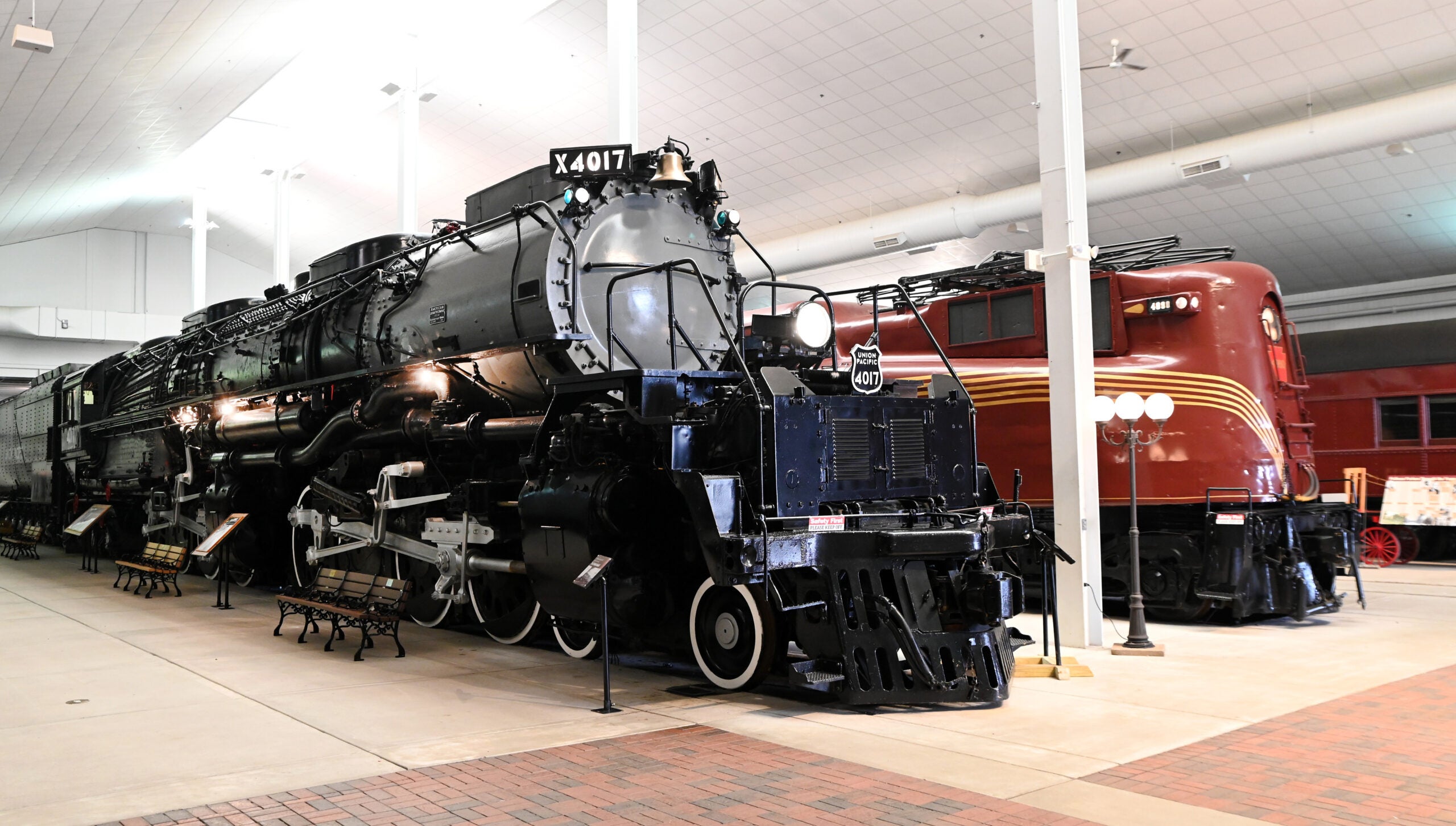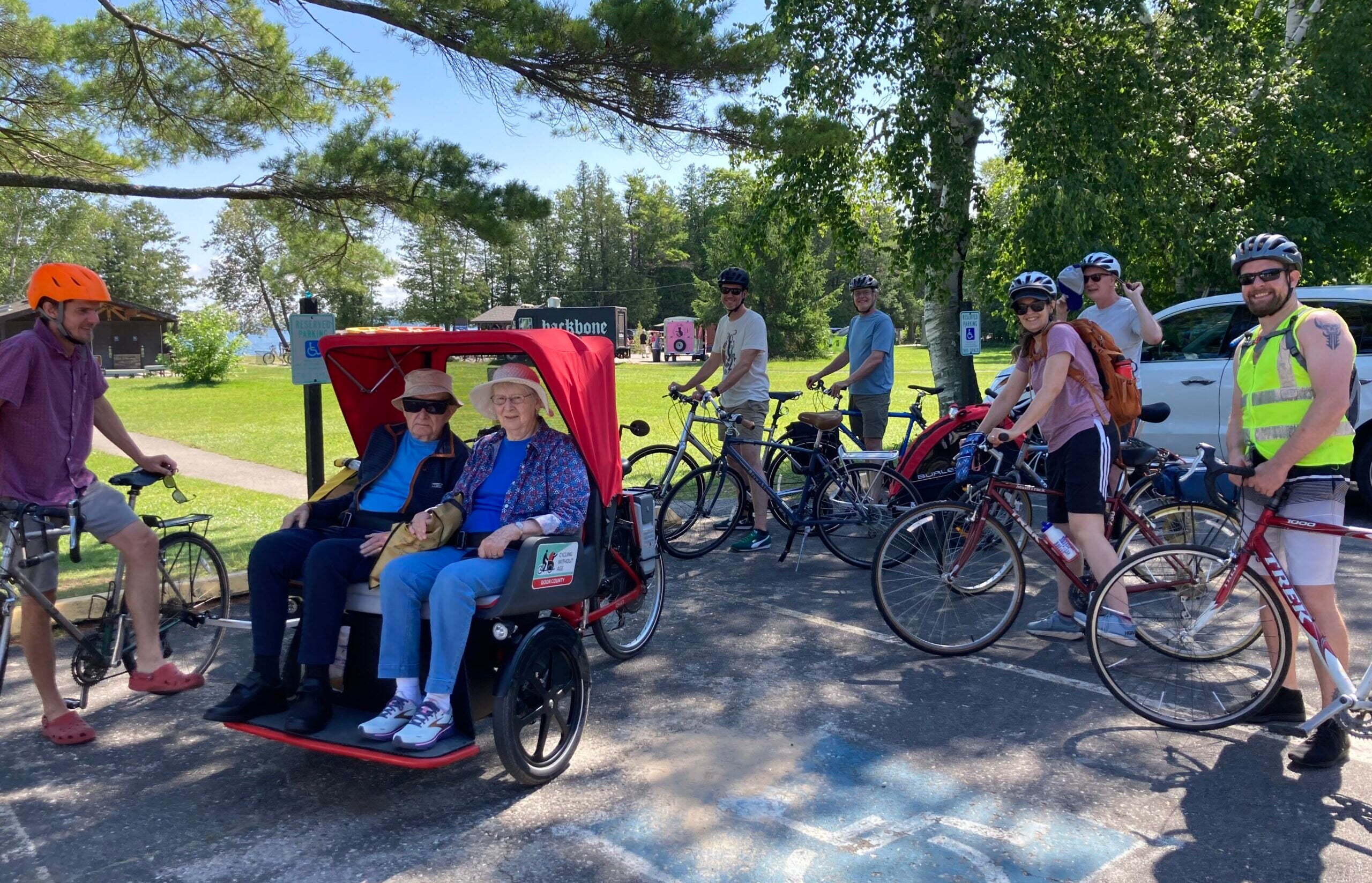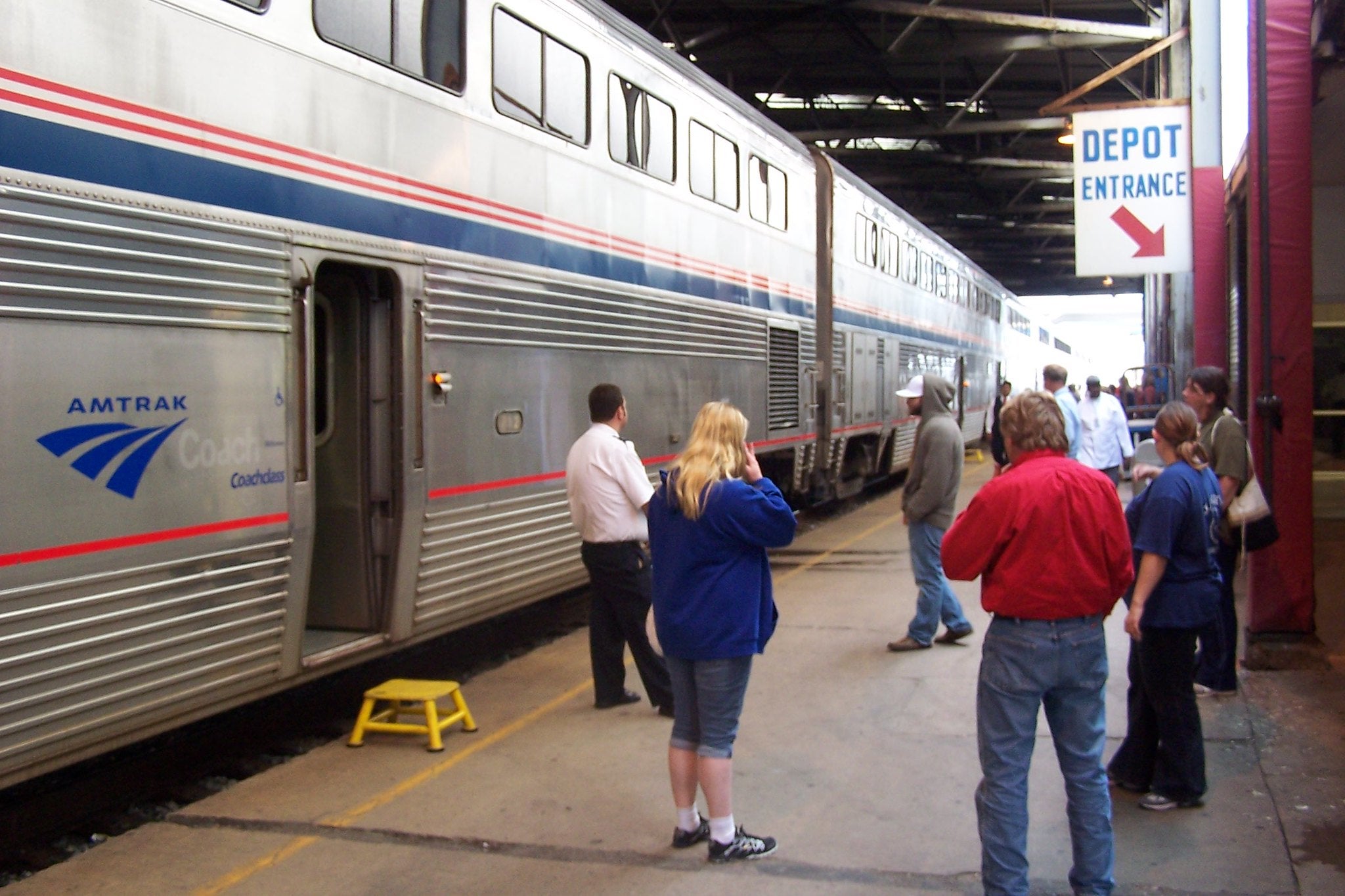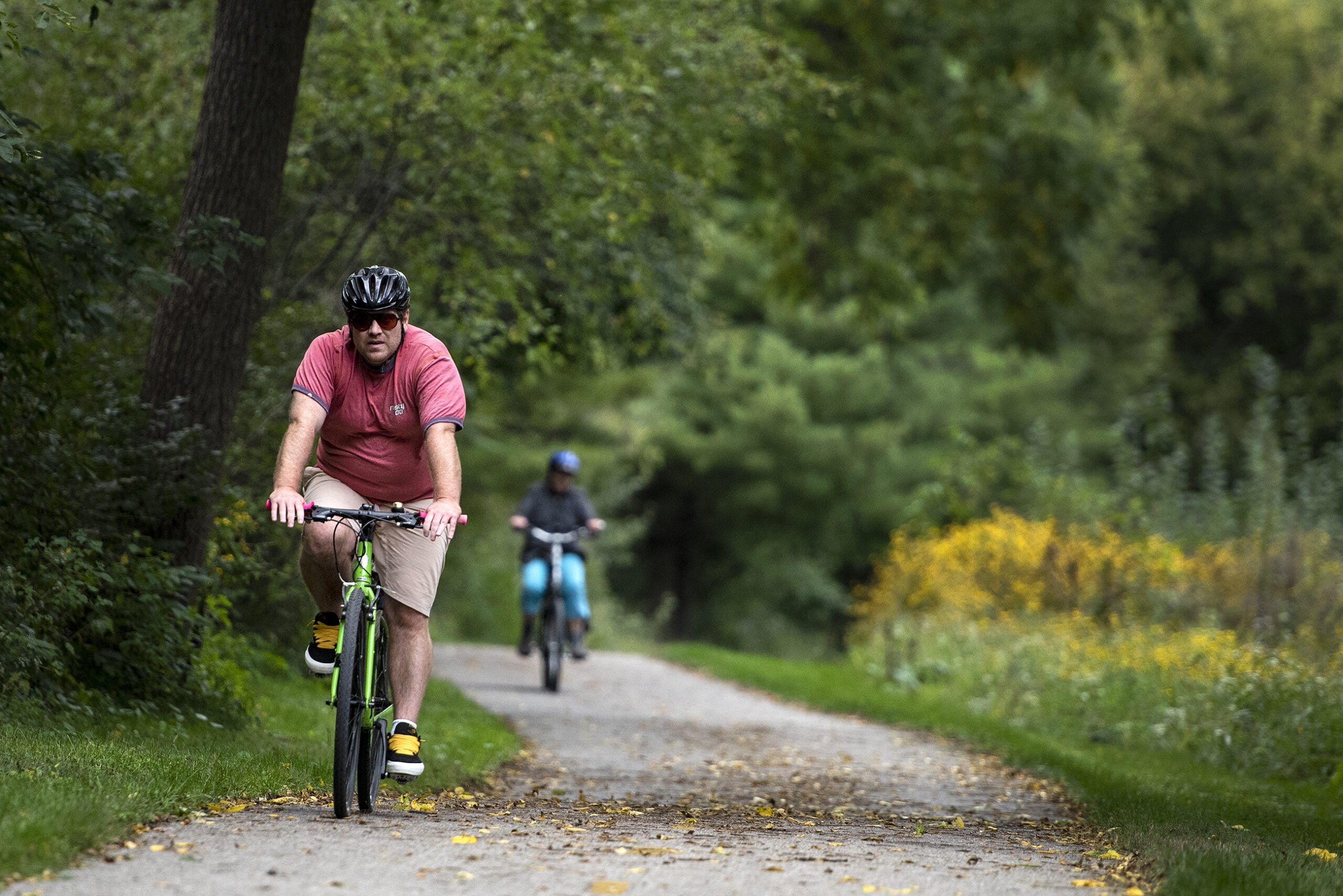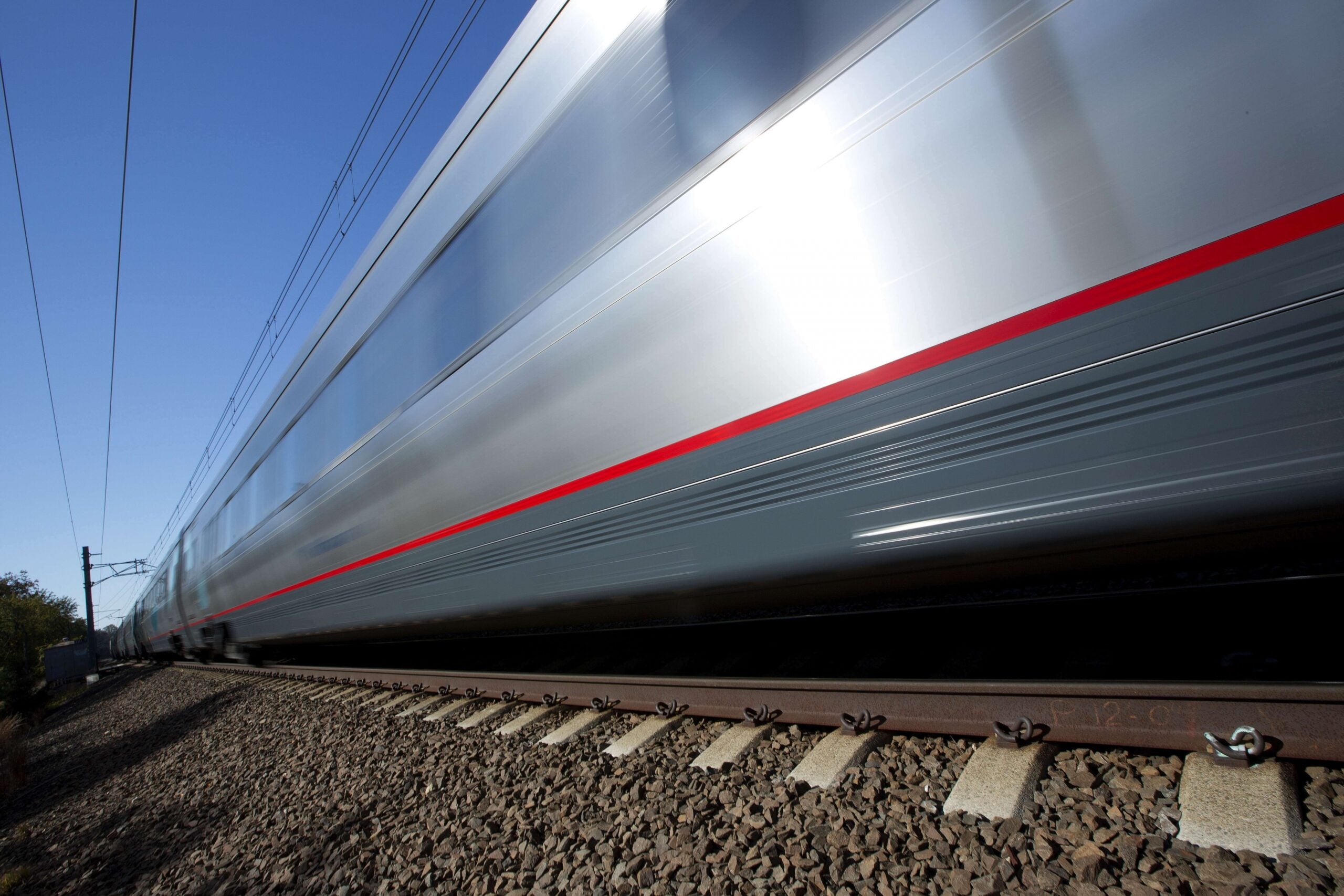While bike riding on his local rail trail — an abandoned railroad converted into a walking and biking trail — Phil Kaznowski grew curious about other trails like this in Wisconsin.
And he wasn’t alone. John Hansen from Dane County also wanted to know about the history of rail-to-trail in Wisconsin and why these trail systems were built. They both reached out to Wisconsin Public Radio’s WHYsconsin for answers.
But before we can jump into the history of these trails, we first have to start with the railroads themselves — a topic Patricia Meyer from Beaver Dam was curious about. She wrote to WHYsconsin asking about the history of railroads, specifically about early train transportation.
News with a little more humanity
WPR’s “Wisconsin Today” newsletter keeps you connected to the state you love without feeling overwhelmed. No paywall. No agenda. No corporate filter.
With a long — and important — history of trains in Wisconsin, it was time to turn to the experts.
Daniel Liedtke, a curator at the National Railroad Museum in Green Bay, was ready to help.
“Trains aren’t just those things that you get stuck at by the crossing,” Liedtke said. “When you’re watching all these freight cars go by, it’s had a huge impact and continues to have a huge impact on the state.”
That impact largely has to do with the changes that come with adding railroad transportation.
The start of Wisconsin’s railroad began in 1847, a year before Wisconsin was a state. The first train ride in Wisconsin happened Feb. 25, 1851, traveling from Milwaukee to Waukesha. Soon after, when Milwaukee connected to Chicago via rail in 1854, Wisconsin goods and residents traveled across the country.
“This was a great way to transport yourself, really, if you’re coming into the area for entrepreneurial things or just relocating. It really opened up immigration to the state,” Liedtke said.
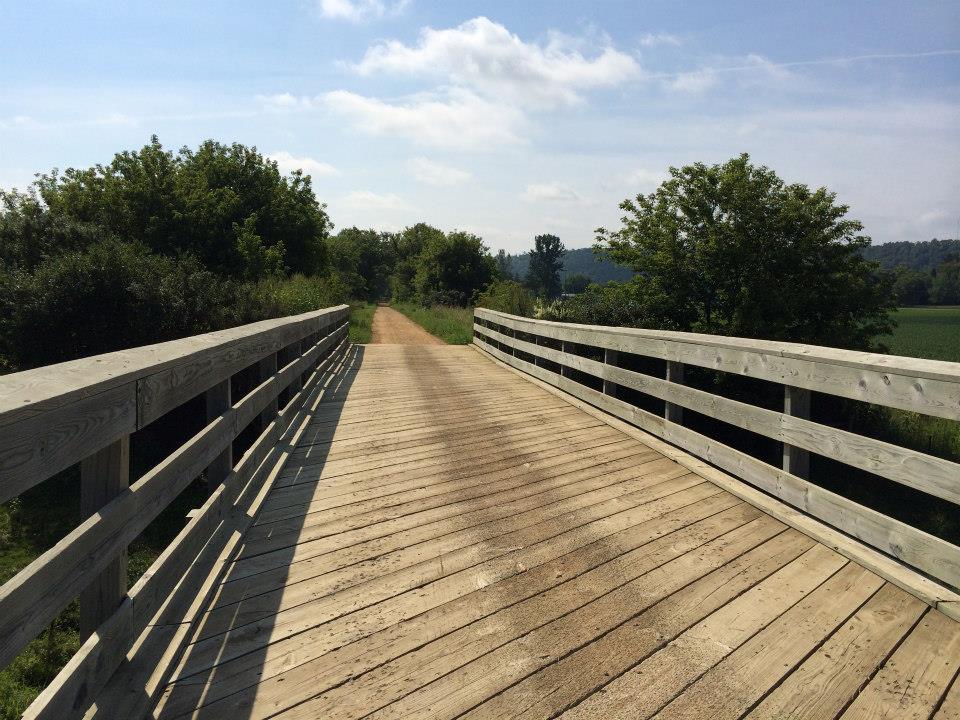
In addition to a railroad in Milwaukee, one was built going through Madison by the 1860s. During the Civil War in the mid-1860s, troops were moved to and from Camp Randall when the stadium was a training camp. The railroads continued to be used to transport troops in World War I, to the extent that they started advertising ticket prices for troops. But following WWI in the 1920s, people started using the railroad for more leisurely activities, such as taking a trip to go hunting.
The 1920s were the heyday of railroad transportation in Wisconsin, Liedtke said. In the ’20s, Wisconsin had 8,000 miles of railroad tracks. But once the Great Depression hit and WWII began, people stopped using railroads as often.
During WWII, when trains were used for transporting soldiers once again, some troops were sent to different forts, including Fort Snelling in St. Paul, Minnesota. Fort Snelling became a place where some soldiers were trained on how to fix railroads. This was useful for soldiers sent abroad to Europe, who could then help fix railroads there during the war.
After WWII ended, railroads went back to being used more for leisurely activities, but their popularity never grew quite to what it was in the 1920s. People began using trains for activities other than hunting, like going to sporting events.
“(You had) sports teams riding on these trains. … There would be hunting excursions on these trains on the weekend going up to Loretta and Ashland County, Star Lake, Wisconsin,” Liedtke said. “So, it really changed not only bringing people into the state, but how we move around within the state.”
And the railroad system in Wisconsin is still changing, especially as some railroads became abandoned or are removed, Liedtke said — which brings us back to Kaznowski and Hansen’s WHYsconsin questions about rail trails.
“(Rail trails) make the perfect base for a walking and biking trail,” said Eric Oberg, the Midwest Regional Director of the national nonprofit Rails to Trail.
Wisconsin has more than 100 of these trails, and the very first rail trail in the United States was created in Wisconsin. The beginning of a collection of rail trails that now span almost 2,000 miles across Wisconsin began with the Elroy-Sparta State Trail, which is considered the first rail trail.
But it wasn’t the easiest railroad to convert. Oberg said the tunnels in the Elroy-Sparta trail were hard to work with during construction, even if they are half the fun. He said despite the challenges the trail’s bridges and tunnels created, they’re an unbelievable and beautiful part of what he says may be the best rail trail.
After the Elroy-Sparta trail was created in 1965, the idea to get people outside using such a system really stuck.
In fact, that’s what Kaznowski was doing when he reached out to WHYsconsin. A few months after moving to Wisconsin, he began to really enjoy his outside adventures biking on the rail trails, and he couldn’t help but want to know more.
On the trails, he sees people of all ages walking, biking and running, and he sees people using wheelchairs. The often wider paths make it, so families can walk together alongside bicyclists.
And that’s the whole point, Oberg said: Rail trails are meant to conserve history, nature and bring people closer to the outdoors and their community.
“Every facet of your community is out using that trail,” Oberg said. “And unlike in your car when you pass people, if you pass people on a trail, it is a personal experience. At the very least you smile at each other. More often than not you say, ‘Hello,’ maybe you stopped to have a conversation. It’s the place where community happens now.”
If you don’t live near a rail trail, you might soon. Oberg hopes to grow the 2,000 miles of already-existing rail trails in Wisconsin and improving connectivity between them.

